Everything you need to know about the power of building intelligence—and how to make the most of it
Read Our Latest Insights

Industry Insights
Can Digital Twins Help Us Design Buildings That Bring People Together?
Loneliness is increasingly recognised as a public health issue, and the built environment has a role to play in addressing it. A well-designed building can meet every technical standard yet still leave people feeling isolated. Homes, workplaces, campuses and later-living communities often fall short not because they lack function, but because they lack connection. Architects and planners are beginning to ask a deeper question: how can buildings help people feel less alone? This isn’t about surveillance. It’s about feedback, helping designers and operators refine buildings after handover to better support wellbeing and social interaction. Technology won’t solve loneliness on its own, but used responsibly, digital twins like Twinview can guide the creation of buildings that feel more human.
Read more

Preserving the Past Through the Future: How Digital Twins Are Transforming Heritage Conservation
Discover how digital twins are transforming heritage conservation. Historic buildings face growing threats from climate change, material decay and visitor impact, yet traditional maintenance methods are often reactive and unable to prevent long-term damage. This article explores how digital twins offer a new path to proactive preservation, giving conservation teams powerful insight without compromising historical integrity. Whether a building is centuries old or lacks detailed plans, Twinview enables conservation teams to start small and build meaningful insight step by step. With digital twins, we can shift from reactive repairs to predictive preservation, protecting authenticity while planning confidently for the future. Explore how technology can give history a digital life.
Read more
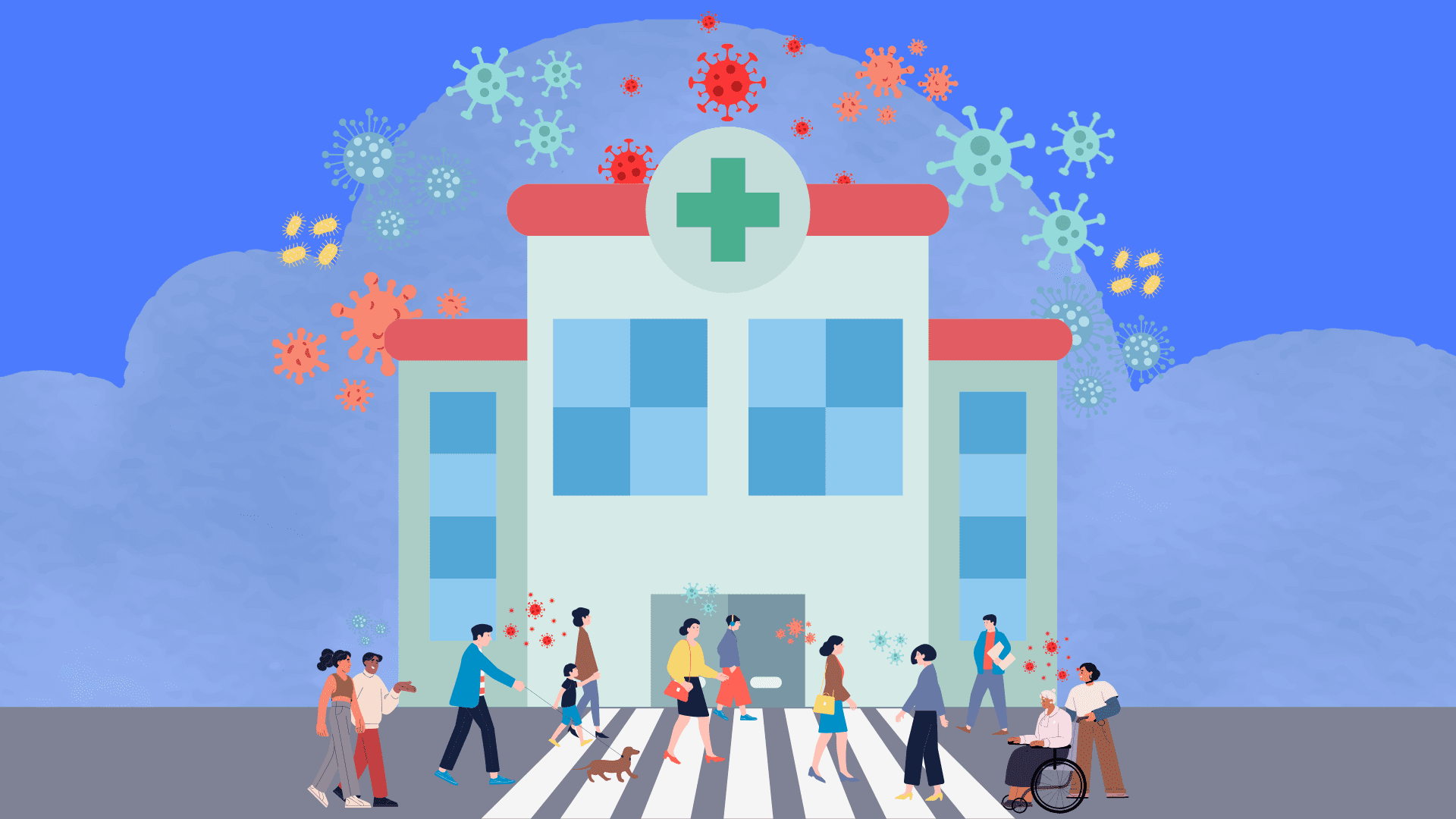
Industry Insights
Digital Twins for Infection Control in Hospitals: Supporting Safer Healthcare Environments
Infection prevention has always been central to safe healthcare, but COVID-19 exposed how vulnerable hospitals can be to outbreaks. Digital twins like Twinview offer hospitals real-time insight into how buildings are used, from patient flow and air quality to occupancy and cleaning. By creating a live 3D model of the facility, Twinview helps teams identify high-risk areas, optimise ventilation and target cleaning where it’s needed most. It supports smarter admissions, safer waiting areas and data-driven decisions that reduce infection risks. Rather than predicting every outbreak, Twinview highlights unsafe conditions early, empowering hospitals to act fast. Integrated with IoT sensors and building systems, it enhances compliance, safety and efficiency. As digital twin technology evolves, Twinview’s potential grows, supporting AI-driven analytics, clinical integration and sustainable, infection-resilient hospital design for the future.
Read more

Industry Insights
Designing Sensory-Aware Cleaning Schedules for SEN Students
For students with Special Educational Needs (SEN), the physical environment can deeply influence comfort, focus and wellbeing. Routine cleaning, when not planned with sensory awareness, can unintentionally cause distress, from strong chemical smells to loud equipment or sudden changes in room layout. A platform like Twinview helps schools design predictable, sensory-aware cleaning schedules by combining data on occupancy, air quality and environmental conditions. Facilities teams can identify sensitive zones, schedule low-disruption cleaning times and track improvements over time. By integrating cleaning routines into a whole-school approach to sensory wellbeing, schools can reduce stress, improve focus and create environments that feel calm, safe and inclusive. Twinview turns everyday facilities data into meaningful action, supporting schools to build spaces that are not only clean and efficient, but welcoming and accessible for every learner.
Read more
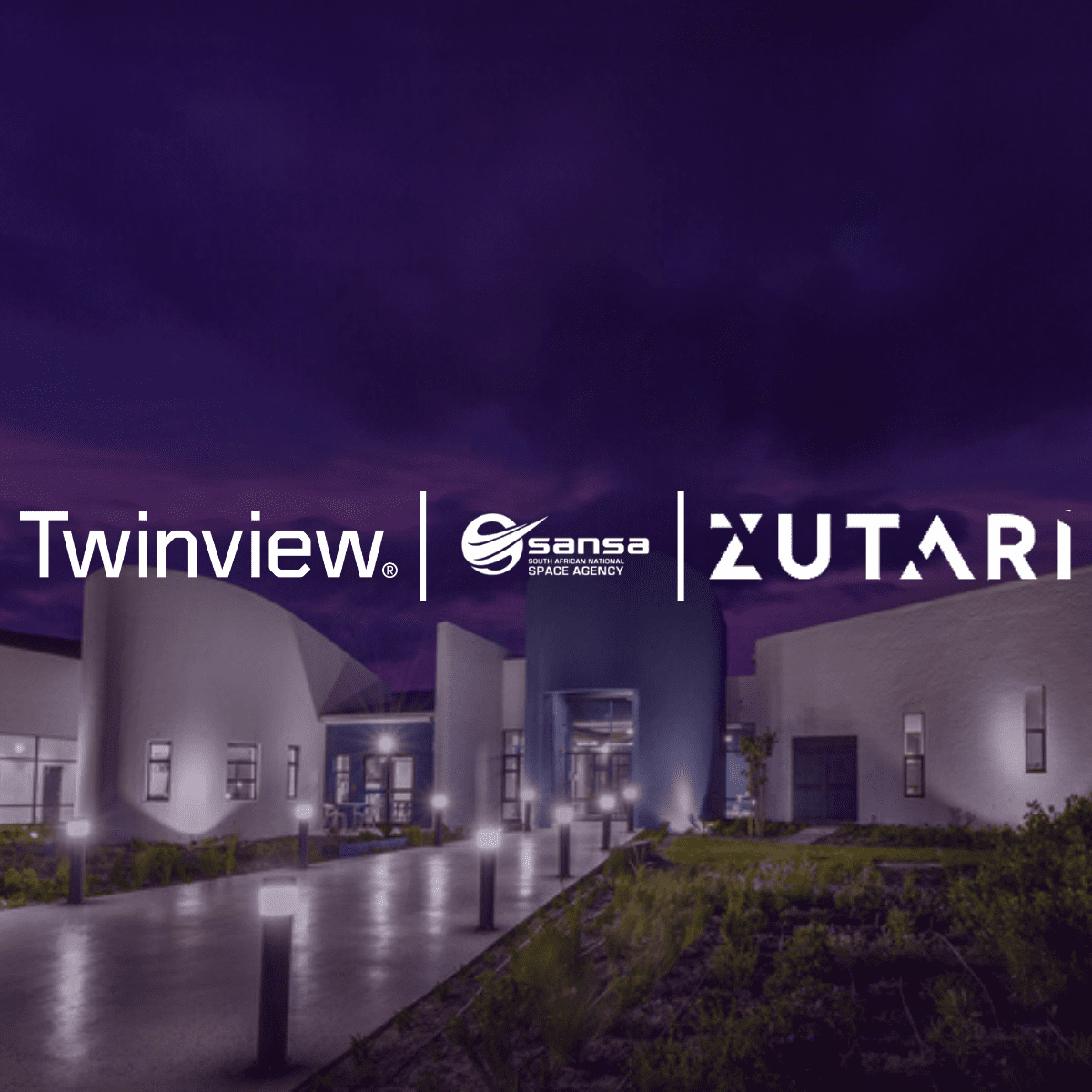
Case Studies
Smarter Space Operations: Twinview at the South African National Space Agency
The South African National Space Agency (SANSA) is responsible for advancing the nation’s space science and technology initiatives. To support its mission-critical operations in Hermanus, SANSA has implemented the Twinview Digital Twin platform, a unified, real-time solution that consolidates building and infrastructure data into a single intelligent system. By integrating live telemetry, asset data and facilities workflows, Twinview enables SANSA to shift from reactive maintenance to early warning, data-driven decision-making.
Read more
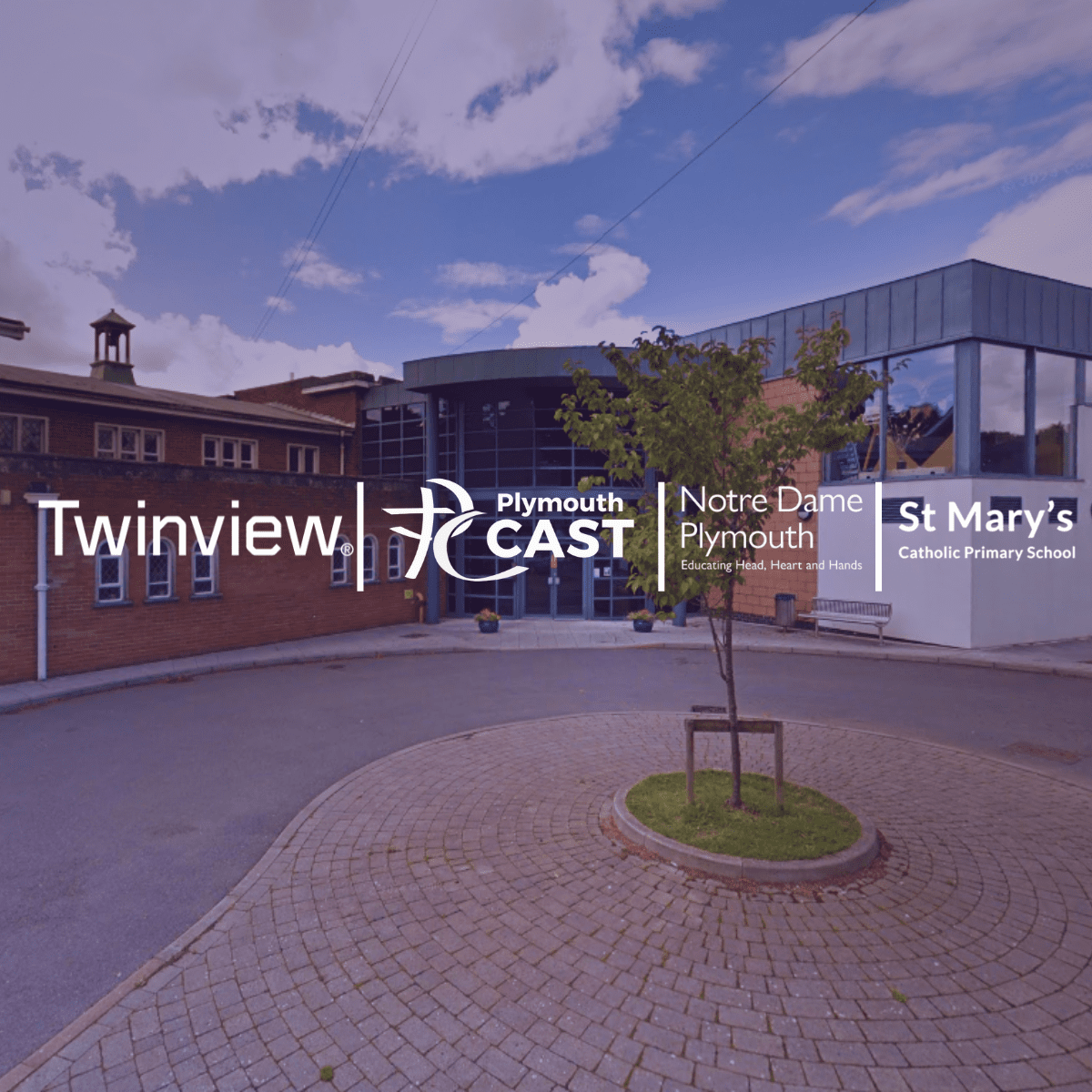
Case Studies
Smarter School Management: Twinview at CAST Multi-Academy Trust
CAST MAT is enhancing school operations across its multi-site estate with Twinview’s smart building technology. By integrating existing systems like BMS and energy meters into a single platform, Twinview enables real-time monitoring of energy use, asset performance and building comfort. Facilities teams can move from reactive maintenance to proactive management, reducing downtime, cutting costs and extending equipment life.
Read more
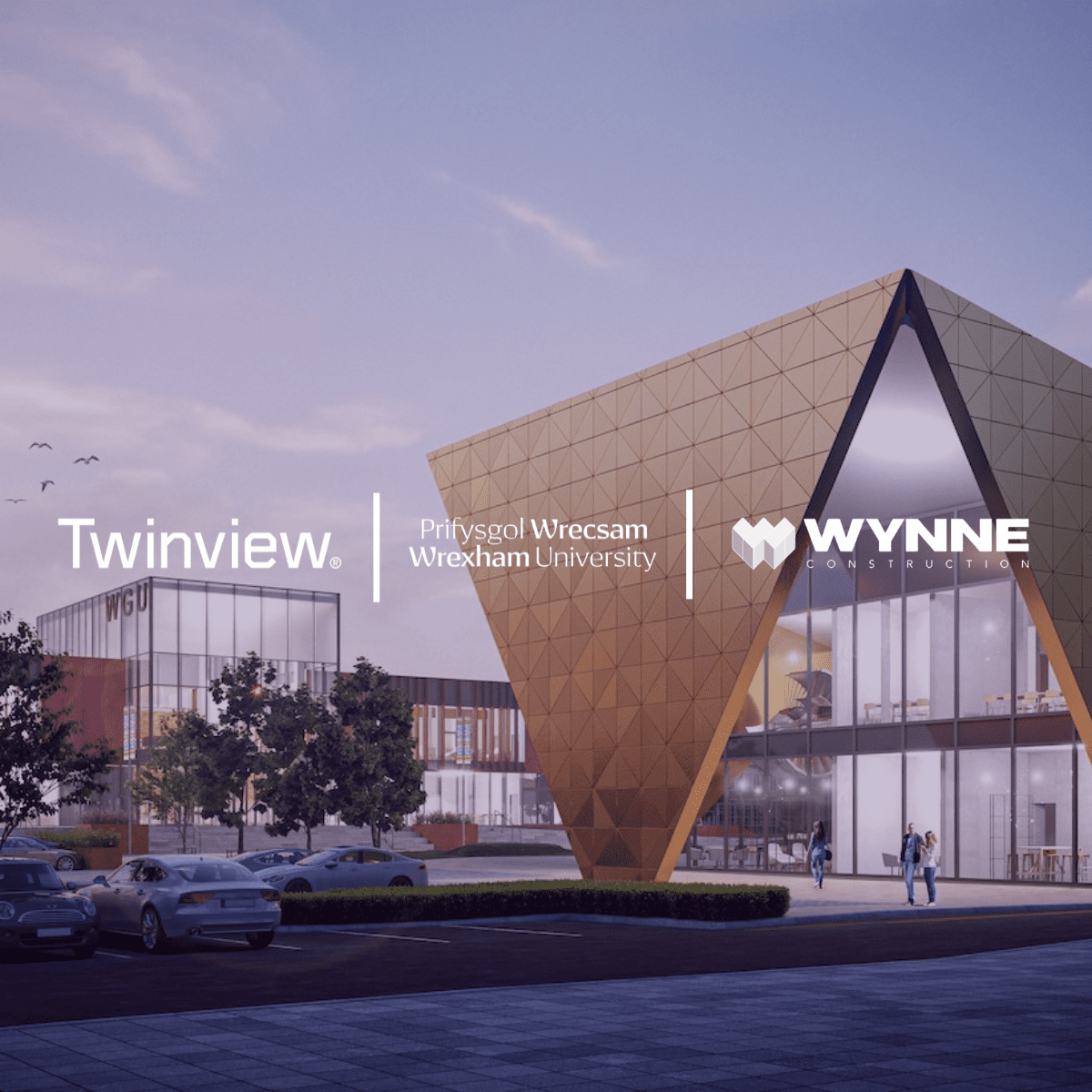
Case Studies
Wrexham University: Pioneering Smart Campus Management with Twinview
Wrexham University is transforming its estate operations through Twinview’s cutting-edge digital twin technology, creating a connected, data-driven campus that champions sustainability and efficiency. As part of its wider digital transformation strategy, the university is integrating real-time building performance data, energy analytics and facilities management into one intelligent platform. This unified approach enables smarter decision-making, optimises energy use and supports the university’s long-term carbon reduction goals.
Read more
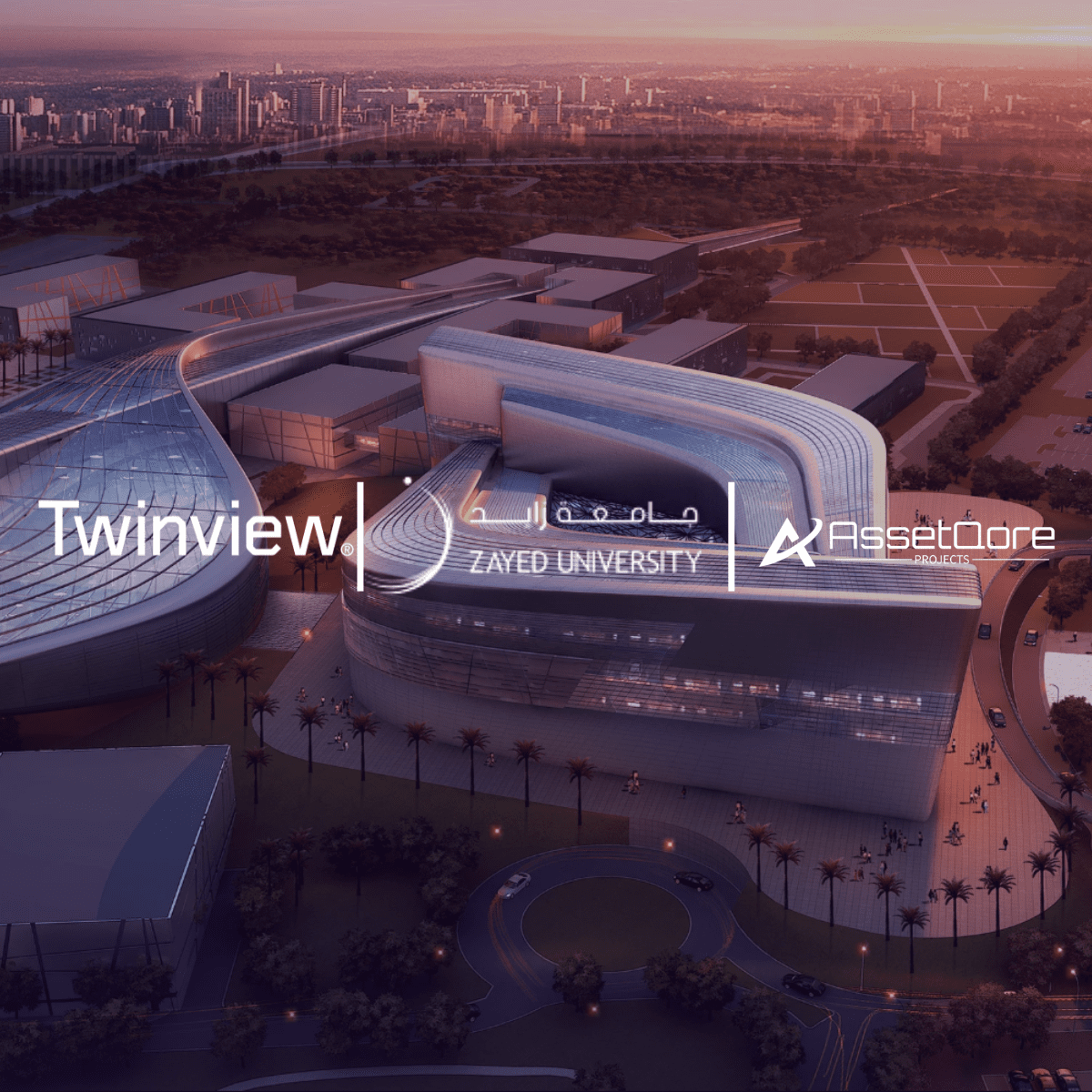
Case Studies
Advancing Education Infrastructure: Twinview’s Digital Twin at Zayed University
The Zayed University Proof of Concept (POC) project in Abu Dhabi represents a significant leap forward in campus operations, sustainability and digital transformation. Powered by Twinview’s digital twin technology, the initiative turns complex building systems into intelligent, high-performing environments. Through Twinview, Zayed University unifies fragmented systems into a single, connected digital ecosystem. Real-time telemetry from IoT sensors and the Building Management System (BMS), asset tagging and smart dashboards provide complete operational visibility and control. The result is a sustainable, adaptive infrastructure that enhances energy efficiency, ESG performance and overall building reliability.
Read more

Industry Insights
How Digital Twins Are Shaping Safer, Smarter Correctional Facilities
Correctional facilities face complex challenges, from rising populations and ageing estates to high operational demands and safety risks. Digital twins offer a practical solution by integrating data from sensors, building models and operational systems into a single, actionable view. They provide early warnings of potential faults, support proactive maintenance, optimise energy use and help plan refurbishments with confidence. Beyond facilities management, digital twins can map spatial data to identify security blind spots and streamline operations across courts and probation services. When implemented responsibly, digital twins empower staff to make smarter, faster decisions, enhancing safety, efficiency and resilience throughout correctional environments.
Read more

Industry Insights
How Digital Twins Can Help Fashion Retailers Avoid Greenwashing
Fashion’s greenwashing problem goes beyond fabrics and fast fashion. While brands like ASOS, H&M and Zara promote eco-labels and carbon-neutral shipping, the unseen emissions from warehouses, fulfilment centres and stores remain some of the industry’s biggest contributors. Digital twins offer a way forward. By creating a living replica of a building, Twinview enables retailers to track energy use and emissions in real time, optimise performance and automate reporting with data that can withstand scrutiny. The result is measurable progress, not just marketing claims. With regulators in the UK, EU and US cracking down on vague sustainability pledges, brands need more than promises. Twinview links operational performance to ESG goals, improves efficiency across sites and gives retailers the credibility to prove impact where it matters most.
Read more

Industry Insights
How Digital Twins Could Reframe the Future of Alzheimer’s Care Environments
For people living with Alzheimer’s, the built environment plays a vital role in perception, comfort and care. While dementia-friendly design principles exist, they are static and struggle to keep pace with a condition that constantly changes. Emerging digital twin technology offers a new path forward, creating environments that adapt in real time by monitoring behaviour, adjusting lighting and layouts, supporting wayfinding and utilising early warning systems to prevent disruptions. Unlike today’s fixed standards, digital twins could personalise care continuously, turning buildings into active partners that evolve alongside each resident’s cognitive journey.
Read more

eBooks
The Strategic Value of Digital Twins for Schools
As digital twin technology continues to advance, it presents a powerful tool for schools to optimise their operations and improve learning environments. This white paper provides a detailed overview of the strategic benefits of digital twins for schools. It is specifically aimed at leadership teams in schools and academy trusts, facilities managers, and government bodies such as the Department for Education. It explains how digital twins can improve facility management, tailor learning experiences, strengthen emergency preparedness, and promote energy efficiency in alignment with the UK’s educational and sustainability objectives.
Read more

Industry Insights
Breathing New Life Into Office Spaces with Digital Twin Technology
The urban skyline, once a symbol of bustling commerce, now narrates the stark reality of post-pandemic shifts as swathes of vacant office space stand as a silent testament to evolving work patterns. The traditional model, built on rigid leases and fixed layouts, is crumbling under the weight of changing tenant demands, and our shifting work dynamics have left a tangible mark. With another rocky year expected for the office market, it underscores the urgent need for innovative solutions to revitalise these now underutilised assets.
Read more

